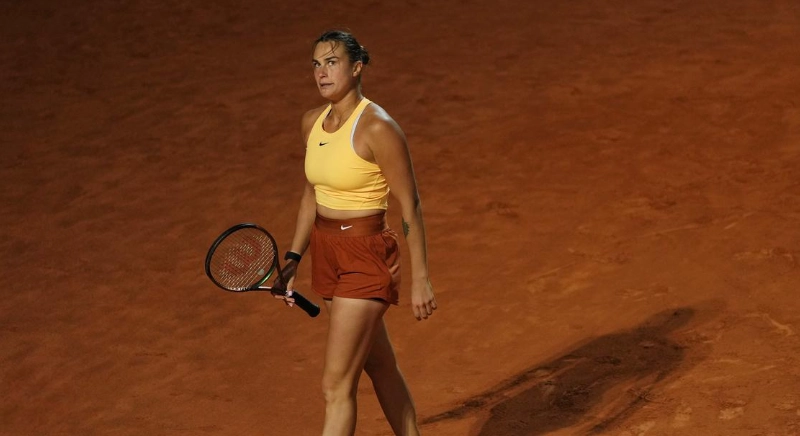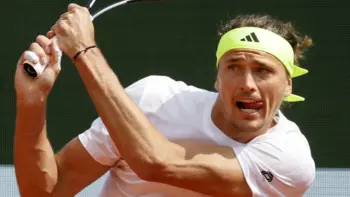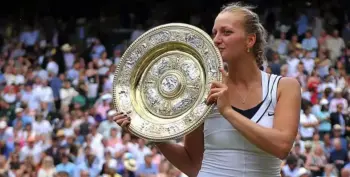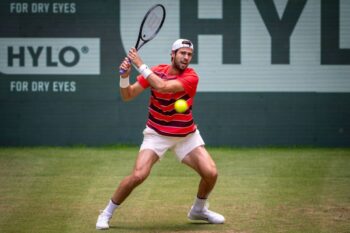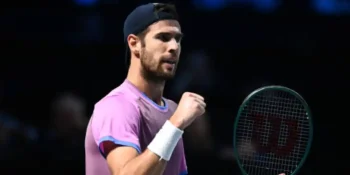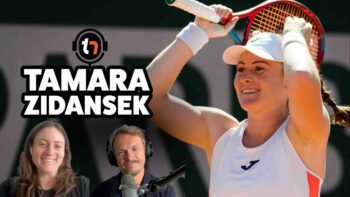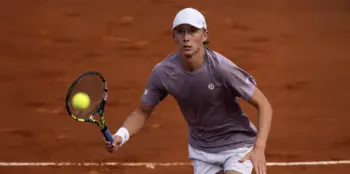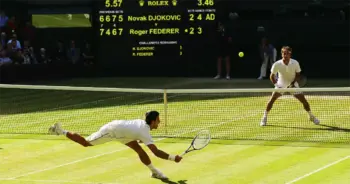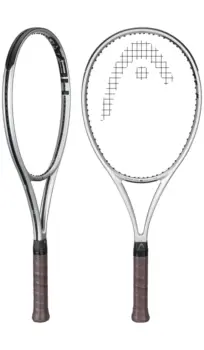We have seen several players, both on the men’s and women’s field, pulling out of the Olympic Games. To us fans, this might seem unusual at first, as the Olympic Games generally are regarded as the highest achievement and even in tennis close to a Slam. But to some players, there might be more important reasons or goals to achieve?
The list of players out of the Olympics
In general, the field of players for the Olympic Games will be 64 players each on the singles draws and 32 teams on the doubles. The entry lists, made public by the ITF, include most of the ATP’s and WTA’s top players, but some key players are also missing.
On the women’s side the most notable absences are Aryna Sabalenka and Ons Jabeur. Both players had confirmed their absence before, both stating health reasons in their individual statements. This is quite significant, as they are the No. 3 and 10 players in the world respectively, who would surely have had chances in the tournament. They are joined by Emma Raducanu, Madison Keys, Liudmila Samsonova and Elise Mertens, who all did not appear on the entry lists.
The men’s most prominent players to opt out of the Olympics were Russian stars Andrey Rublev and Karen Khachanov. The reasoning for Rublev in particular was a recurring infection, while Khachanov did not yet speak publicly on this topic. Other names to sit out the Games are Ben Shelton, Sebastian Korda and Frances Tiafoe.
Most of the players either just did not appear on their country’s list or when speaking, said that they would not play due to the schedule or health reasons. But what are possible explanations next to those?
The schedule of 2024 – a risk for injury?
The year of a tennis player is actually crazy to begin with. They play almost 11 months, resting only a few weeks around December or in between tournaments. Especially the top stars, who are required by governing bodies to play Masters, can hardly rest or recover if they are hit by injury and illness. This all gets even tougher to adapt given the changing surfaces. From hardcourt to clay, to grass, maybe back to clay, back to hardcourt. Sometimes these changes occur within few weeks and the players need to increase their training volume, adapting onto the new surface and the respective playing style.
So in 2024, where after the current grass court swing, we have another main event on clay, the changes and schedules are even tighter. We have seen increasing levels of injuries, even in young players like Carlos Alcaraz, for years and players like Alexander Zverev publicly criticizing the schedules. This definitely gives an explanation why players, especially those who do not feel as comfortable on clay or don’t value their chances there, would pull out of the Olympics.
But might there be more to the story?
Contributing factors in play – (sport)politics
So, we have an explanation for previously injured players, those who just dislike the clay or the players, who have other health issues to deal with. But there might be other factors, and most of them could have to do with politics. And there are multiple forms of politics applicable. For the list of US players absent, the reason might in part be sport political. Every nation wants their best players to represent them at the Olympics, but sometimes the tennis associations also choose by other standards. Not implying that this is what happened here, but you never know what goes on behind the curtain, as at least Shelton, Korda and Keys should have played based on their rankings.
In other countries, even geopolitical developments might play a role. Russia and Belarus are the aggressors in a war with Ukraine and therefor are being sanctioned at major sports events, including the Olympic Games. They are however, allowed to participate as Individual Neutral Athletes.
This changes the entire outlook on your Olympic campaign though. From constant questions around your nation and the conflict, not being able to represent your home country to the organization of your entire stay. Athletes such as Sabalenka, Khachanov or Rublev might just not be inclined as much to play, given this background.
Does this change the favorites and predictions?
Now that we know some of the possible reasons for the withdrawals, do they change the outcome and predictions of the Olympic tournament? Well, in case of the women’s draw they might. Aryna Sabalenka was the biggest opponent for Iga Swiatek before her shoulder injury and faced her in multiple finals. With her out, it seems that Swiatek is more than ever before the favorite for gold in Paris.
On the men’s board, Rublev is the highest ranked of the players out and wasn’t exactly in prime shape before. Also, the rest of the skipping pros seem to be none of the top favorites, which next to Djokovic surely will be Sinner, Alcaraz or defending gold-medalist Zverev.
